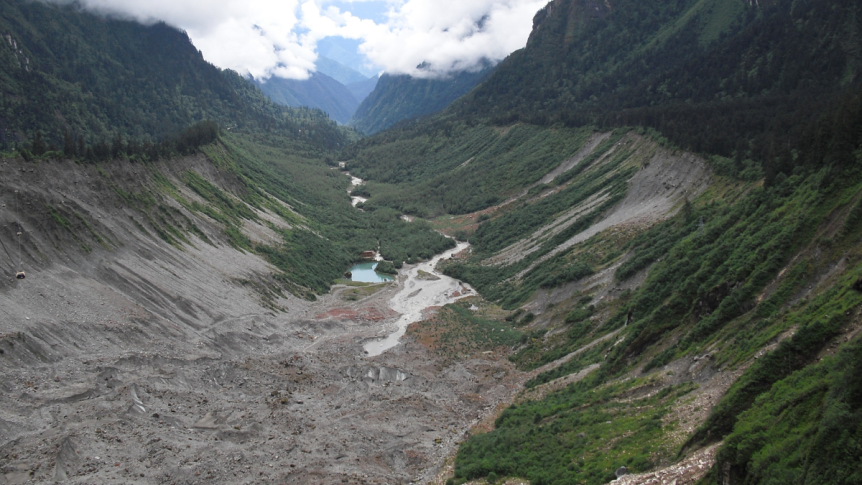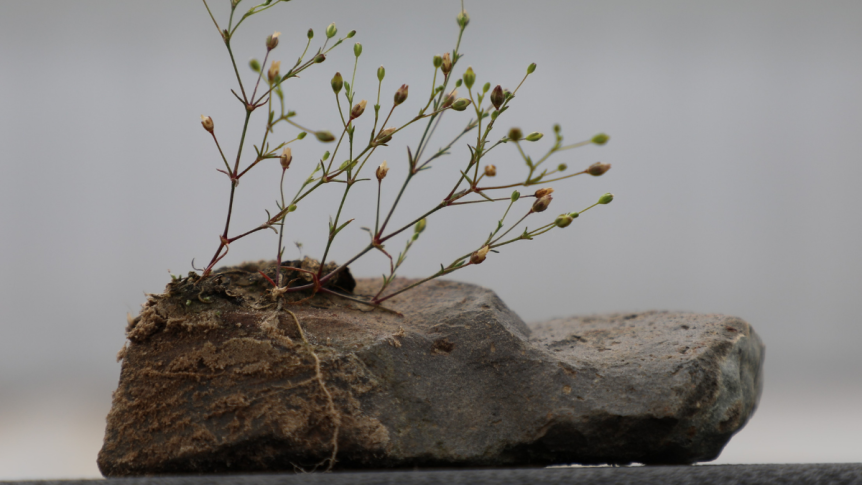Since the mid-19th century, increasing temperatures have resulted in the retreat of mountain glaciers on all continents. When glaciers retreat, they leave “glacial debris.” This debris serves as new substrate for soil and ecosystem development. This is often called “parent material” in the process of soil formation. The glacial debris is initially loose material, which … Continue reading How did the forest develop at the Hailuogou glacier area?
Tag: soil formation
How does young soil support plant life?
In order to grow well, plants need a place to grow, access to nutrients, and in most cases sunlight. A rich soil provides that home and a good supply of nutrients. But young soils have less to offer – yes, soils can have different ages ranging from hundreds to thousands to millions of years old. … Continue reading How does young soil support plant life?
Soil formation of the Galápagos Islands
The Galápagos Islands are a UNESCO World Heritage site. They are an archipelago of nineteen islands in the eastern Pacific Ocean and are part of Ecuador. The Galápagos are known for theie extreme isolation and unusual animal life, with rare species inhabiting the islands. The soils of the remote Galápagos Islands were not well studied, … Continue reading Soil formation of the Galápagos Islands
What is soil made of?
Soils can look like they are a homogeneous material. But in reality, soil contains solid particles of different sizes and different types. Some of the particles are minerals, and others are organic matter. There are spaces between the particles called pores. These pores may be filled with air or water. Soil is a mixture of … Continue reading What is soil made of?




